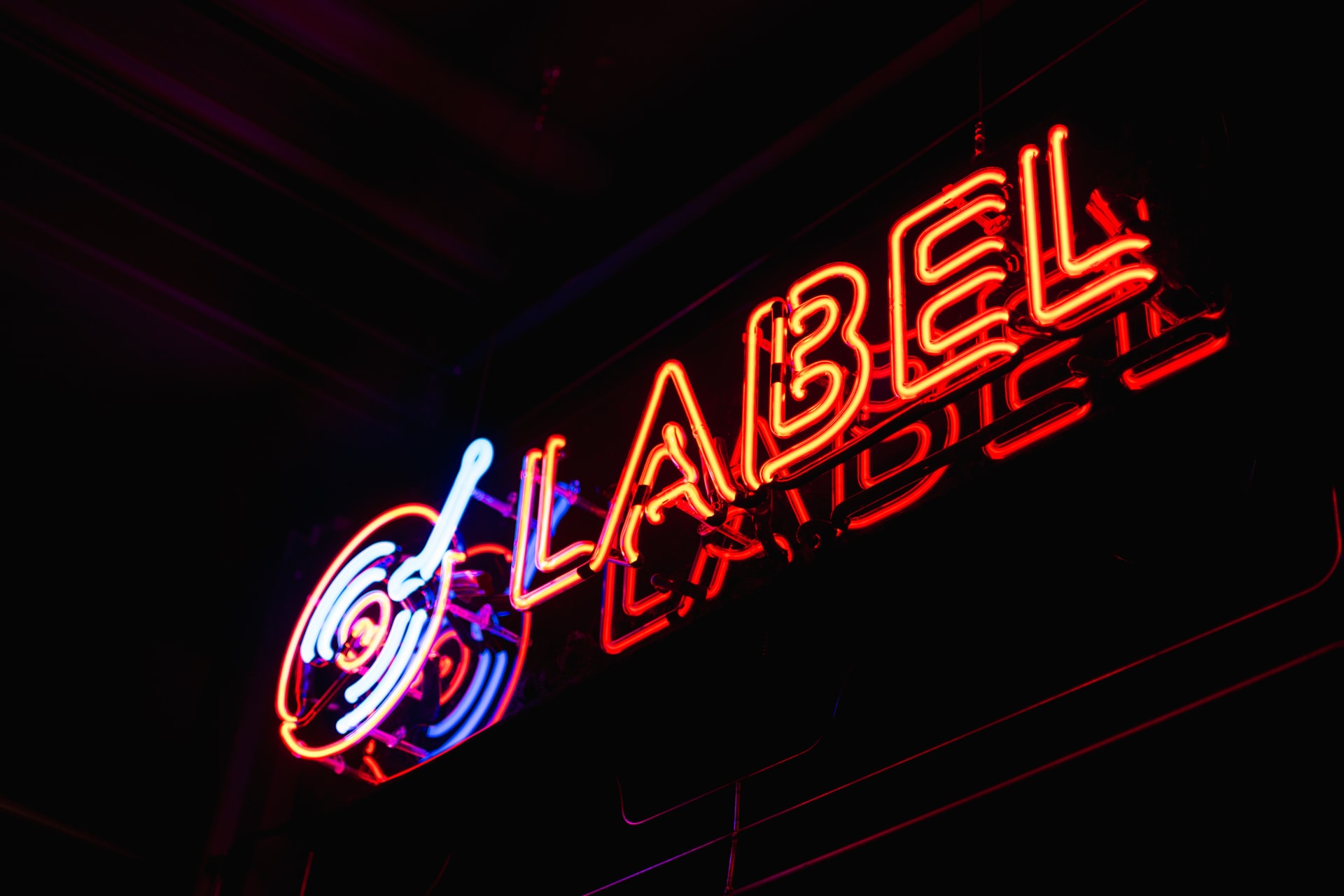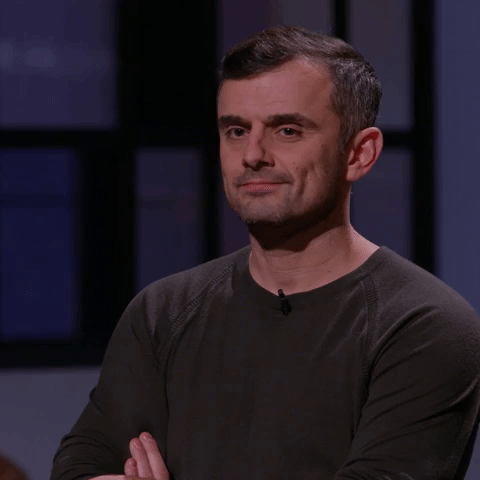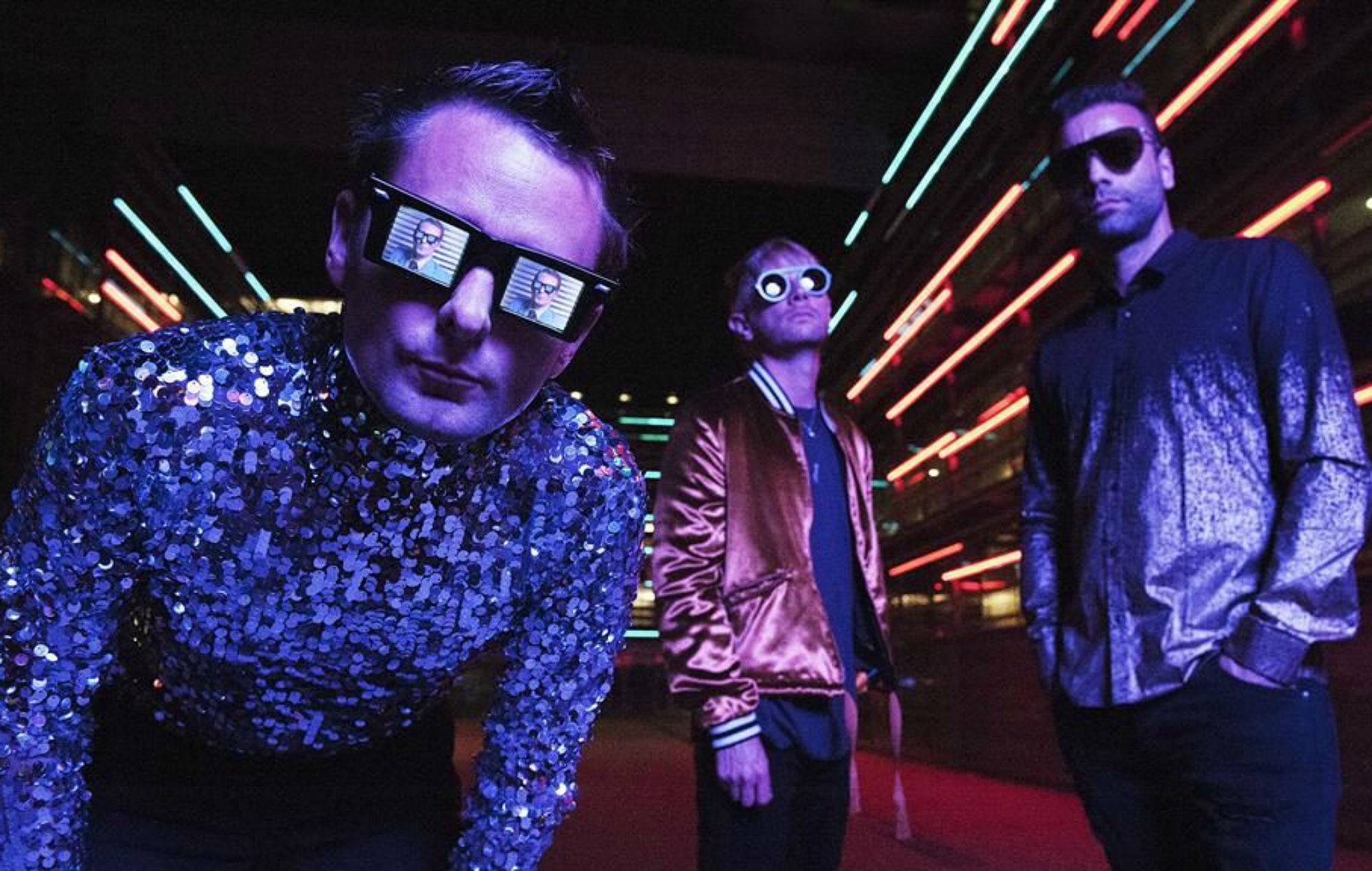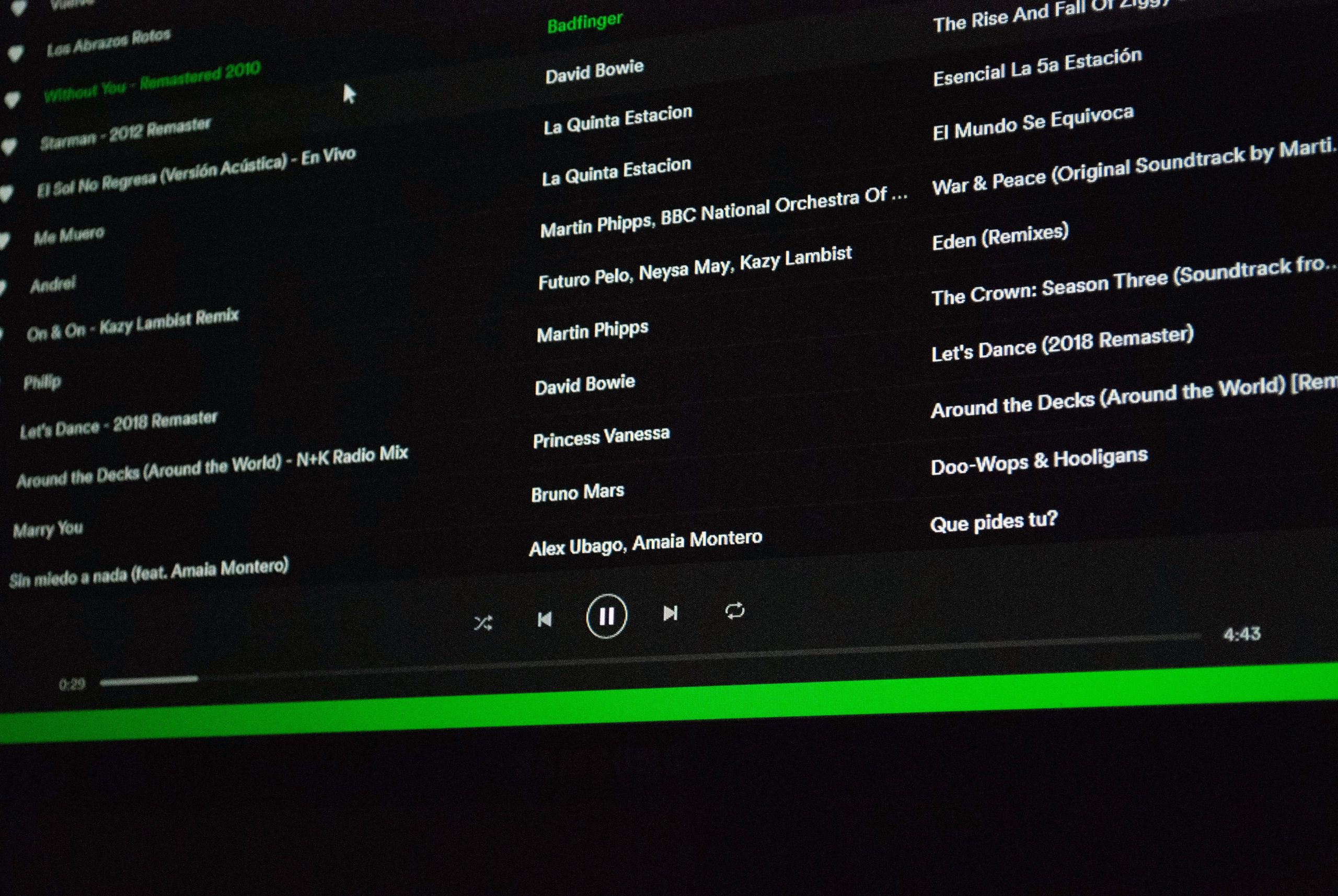Revealing The 6 Music Marketing Tactics Major Labels Use To Hype Up Their Artists
In 2021, the music industry stands at a crossroads, which was partly brought about by the global pandemic, and partly due to the inevitable technological and social media advancements that are shaking the traditional foundations of an industry that prides itself in its history.
The Big 3 labels – Universal Music Group, Sony Music Entertainment, and Warner Music Group – have been forced to restructure the way they market their artists.
The following are some trends and music marketing ideas that these big labels and their subsidiaries are employing to boost their artists’ profile amid a changing industry.
Defining the brand story
A brand story is a consistent narrative about what the artist is all about. This story includes facts, feelings, and history. It’s all about inspiring an emotional reaction and making the person who’s reading the bio understand what the artist is all about.
Nowadays, artists are defining their brand identity through their fans. Labels are more hesitant about manufacturing a brand story for an artist, especially since many Millennial and Gen Z artists understand the importance of a brand story and a brand identity that’s authentic and unique.
Personalities can’t be forced – and artists who can connect with their fans through a genuine brand story tend to do better than those that don’t have a clue about what their message is.
Previous metrics
Major label marketing executives tend to use previous metrics as a way to inform future campaigns and predict outcomes. By re-targeting the core audience, and using the core audience’s characteristics to expand targeting, marketers, together with the artist and their team, can refine campaigns and reach people that would actually be interested in the artist and their music.
TikTok
A recent study by TikTok reported that 75% of TikTok users discover new artists and music through the platform. 63% said that they use the app as a music discovery tool, as they discover artists that they’ve never heard of before. 67% said they are more likely to look for tracks on streaming platforms after discovering them on TikTok. [Source: Musically]
These statistics confirm that TikTok is the go-to music discovery platform. Majors have definitely taken notice, and are using TikTok for both A&R as well as music marketing.
Jason Derulo – the “king” of TikTok – was one of the first artists to connect the musician and content creator worlds. Other artists have followed suit. Forward-facing artists are remixing and sampling TikTok tracks to create their own viral tracks and expand their reach.
TikTok has inspired the way artists post on other social media platforms. Instead of posting carefully edited photos and curating feeds, artists are now posting rawer photos in bulk as photo dumps and posting more frequently.
Instagram stories and reels have become an even more popular way of satiating audiences’ thirst for a constant flow of content. There’s also a move towards acknowledging what the audience wants to see. This has given rise to trends, resurgences, and obscure ideas that are moving the dial and redefining the music industry.
Influencer campaigns and paid media
In the current landscape, influencer campaigns and paid media are equally as important as each other.
Clever marketers are also making sure that artists become influencers/content creators themselves, as ultimately, they are the ones who can represent their own songs best.
Ashnikko is an excellent example of an artist and content creator. The artist’s cross-platform performance is phenomenal, and her brand story and identity have garnered her a tonne of long-term fans. Ultimately, she managed to leverage virality to create a sustainable career in music and content creation.
PPC – or paid advertising – is harder to equate as the rewards are not instant. Marketers are now looking at alternative platforms to target. For example, major labels are now targeting gamers and the gaming space. Game developers tend to have rich information about their gamers, which is, in turn, being used to promote music to specific audiences.
Audio ads on DSPs and podcasts are also becoming increasingly important. Companies such as A Million Ads are employed by the majors to focus on creating dynamic ads. The ads are considered “dynamic” as they change according to factors such as time of day, day of the week, weather, and so on.
Podcast advertising is another goldmine that major labels are tapping into. 67% of listeners remember brands and products from podcast ads, and 63% make a purchase after hearing these ads. [Source: Marketing Week]
This is another example of how the content creation and music industries now enjoy a symbiotic relationship that wasn’t there a couple of years ago.
Enclosed fan-driven spaces
WeChat – the Chinese multi-purpose messaging, social media, and mobile payment app – illustrates a future where music marketing and social communications are fully integrated into one, comprehensive app.
In the West, enclosed, fan-driven spaces like Discord empower artists to create a community of top fans. Discord servers are driven by fans and present a music marketing and communications opportunity like no other.
Other spaces, such as YouTube’s chill hop live streams and their chat provide a sphere that deepens fan engagement. Clubhouse and the recently launched Spotify Greenroom are similar to the Discord concept in that they encourage exclusive conversations with highly engaged fans.
This is all part of a fan engagement funnel strategy, i.e. different platforms are reserved for different types/levels of fans. It’s a 360-degree strategy that provides real value to different fan categories.
Opportunities in the live and gaming spheres
The fan engagement strategy can also be applied to live or live-streamed performances. Highly engaged fans are more likely to buy expensive bundles, while casual fans are happy with streaming songs and possibly attending the occasional gig. Therefore, they need to be targeted differently to ensure that the revenue stays strong and the artist and their team can sustain themselves.
The gaming sphere is providing tonnes of opportunities for artists who are interested in diversifying their income and fanbase. Virtual in-game performances are all the rage, and the metaverse-music link is set to strengthen over the next 5-10 years. Read more about the phenomenon of music and video game streaming.
Final thoughts
The music industry is constantly changing and evolving. Trends come and go, but foundational elements such as a strong brand story and identity, a good repertoire of original tracks and business savviness are key to launching and sustaining a career in the arts.
Photo by Nick Hillier on Unsplash






